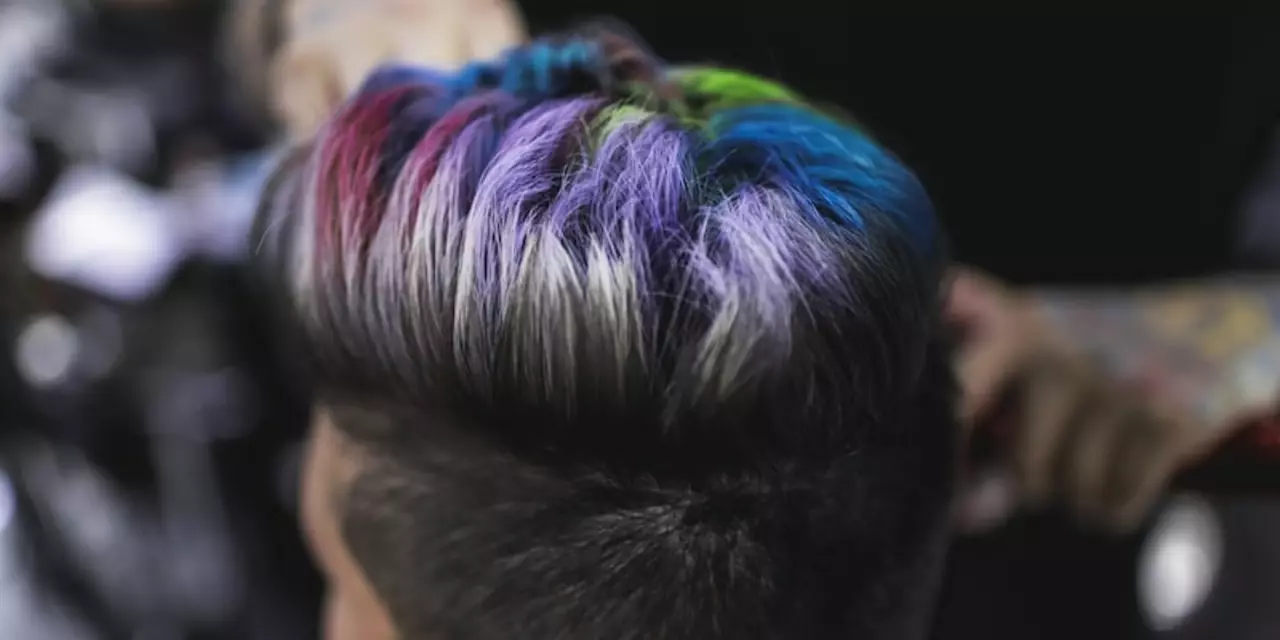If you've ever thought about trying a new hair color or just want to cover up some pesky grays, it probably feels overwhelming to pick the right dye and method. Walk into any salon or store, and there are shelves stacked with promises of shinier, healthier, or longer-lasting color. How do you know what's actually true and what's just marketing talk?
First off, not all hair dye is created equal. Ever wonder if those "natural" or "ammonia-free" dyes are safer? Ammonia-free dyes might sound gentler, but they can still cause dryness or scalp irritation. Some brands swap ammonia for other chemicals that aren’t always better for your hair or your nose. If your scalp reacts easily, double check the ingredient list and maybe patch test before going all in.
Oh, and don’t fall for the idea that one brand fits everyone. Your hair type matters—a dye that works for thick, coarse hair might fade super fast if your hair is fine or processed. If you’re not sure what will work, chatting with a local stylist (yes, real talk, not just reading the box) can save you a lot of bad hair days.
Thinking about keeping things at home? Box dye is convenient, but being honest: it’s not risk-free. People often end up with patchy color, odd tones, or crispy ends from not following directions or picking the wrong shade. If you’re aiming for a big change or want highlights, leave it to the pros. But root touch-ups or glosses can work out fine if you take it slow and read the directions twice.
After dyeing, what you do matters just as much as the product you choose. Color-safe, sulfate-free shampoos help keep that fresh color from washing down the drain. Throw in a deep conditioner once a week to avoid dry and brittle strands. And if you notice fading or dullness, sometimes it’s just product buildup—give a clarifying shampoo a try before panicking.
If you worry about damage, one trick is adding nourishing oils to your routine (think argan or coconut). These can add a boost of moisture back into colored hair without making it greasy, especially if you keep them on the ends.
And a quick word on myths: dyeing your hair doesn't make it fall out faster, but harsh chemicals or overlapping colors can cause breakage. Space out your color sessions and treat your hair kindly between them. When in doubt, a professional stylist can give you honest advice. At Halo Hair North Carolina, we've seen every dye disaster (and plenty of wins too), so feel free to bring all your questions to the chair.
Ready for a new color or still second-guessing? Explore your options confidently—there are ways to keep your color vibrant while keeping your hair healthy. Don’t let the jargon on boxes or blogs confuse you. With the right info and honest guidance, dyeing your hair can be fun—not stressful.

Kool-Aid has long been used as a way to dye and add color to hair. However, when it comes to dark hair, not all colors are suitable. The best colors of Kool-Aid to dye dark hair are red, purple, and blue, depending on the desired effect. Blue Kool-Aid will dye the hair a darker shade of blue, while red Kool-Aid will give a reddish-purple hue. Finally, purple Kool-Aid will give a dark, deep purple color. When using Kool-Aid to dye hair, it's important to follow the instructions carefully and to ensure that the hair is properly conditioned afterwards.

Dyeing hair twice in one day can cause hair damage and dryness. The first dyeing process opens up the hair cuticle, allowing the second dye to penetrate more deeply into the hair and cause more damage. It is also possible for the two dyes to interact, resulting in an unexpected and undesirable colour. To avoid this, it is best to dye hair once in a single session and wait a few days before dyeing it again. Additionally, using a deep conditioner after the second dyeing can help to restore hair's natural moisture and protect it from further damage.